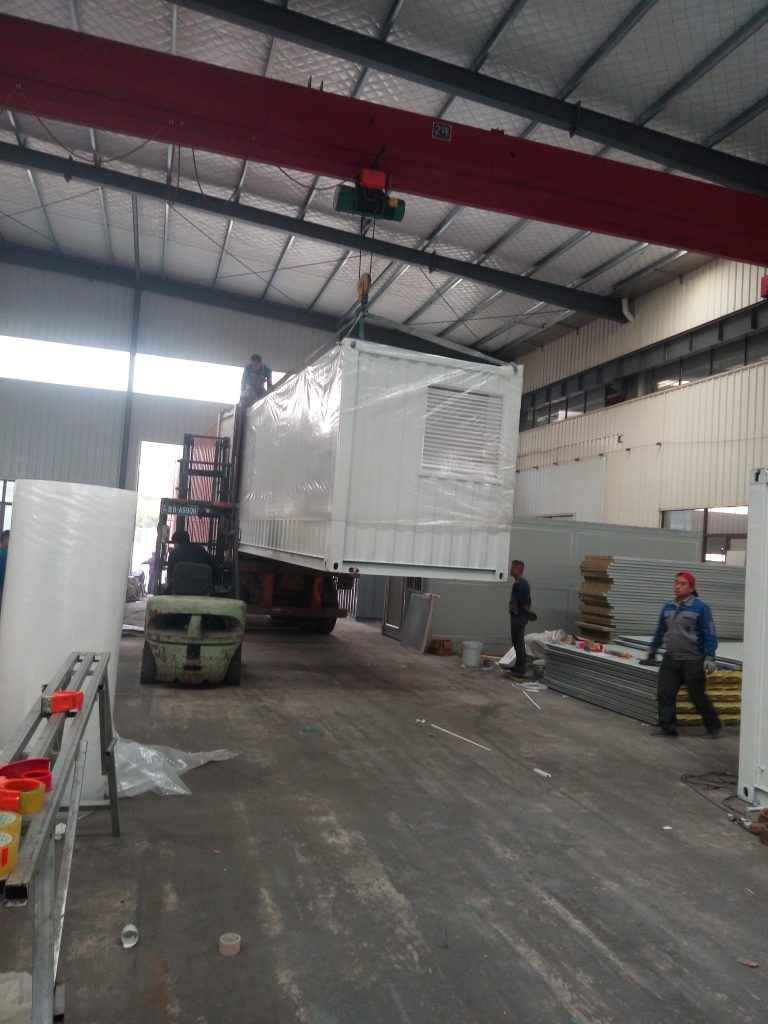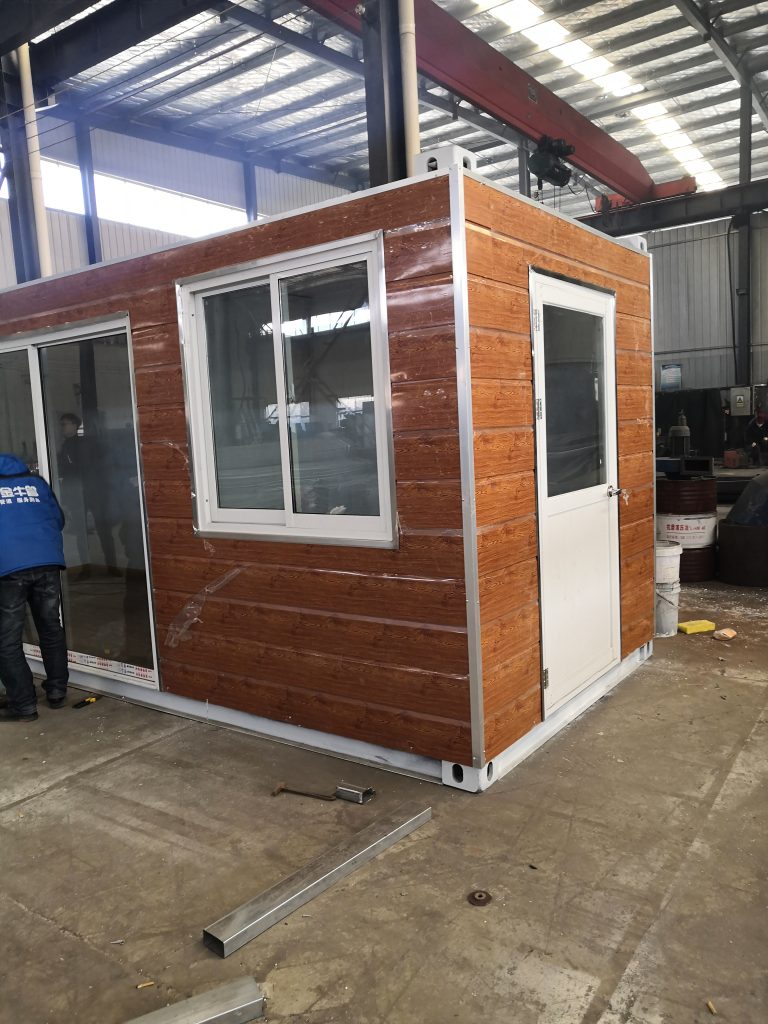Fracture mechanics and fatigue analysis of steel structures
Inhoudsopgave
Fracture Mechanics: Understanding the Basics and Applications in Steel Structures
Fracture mechanics is a branch of engineering that deals with the study of the behavior of materials when subjected to stress. It is particularly important in the design and analysis of steel structures, where the risk of fracture and fatigue failure is a significant concern. By understanding the principles of fracture mechanics, engineers can predict and prevent catastrophic failures in steel structures, ensuring their safety and longevity.
At its core, fracture mechanics is based on the concept of stress intensity factor, which quantifies the severity of stress at the tip of a crack in a material. When a crack is present in a steel structure, the stress intensity factor determines whether the crack will propagate and ultimately lead to failure. By calculating the stress intensity factor, engineers can assess the critical crack size that would cause failure in a given structure, allowing them to take preventive measures to avoid catastrophic consequences.
One of the key applications of fracture mechanics in steel structures is in the analysis of fatigue failure. Fatigue failure occurs when a material is subjected to repeated loading and unloading, causing microscopic cracks to form and propagate over time. In steel structures, fatigue failure is a common problem due to the cyclic nature of loads acting on them. By applying fracture mechanics principles, engineers can predict the fatigue life of a steel structure and implement measures to extend its lifespan.
In fatigue analysis, engineers use S-N curves to represent the relationship between stress amplitude and the number of cycles to failure. By plotting experimental data on an S-N curve, engineers can determine the fatigue strength of a material and predict its fatigue life under different loading conditions. This information is crucial for designing steel structures that can withstand the rigors of real-world applications without succumbing to fatigue failure.
Another important aspect of fracture mechanics in steel structures is the assessment of crack growth behavior. When a crack forms in a steel structure, it can propagate slowly over time, leading to catastrophic failure if left unchecked. By studying the crack growth behavior of a material, engineers can predict the rate at which cracks will propagate and take preventive measures to stop them from reaching critical sizes.
To analyze crack growth behavior, engineers use fracture mechanics parameters such as the stress intensity factor and the crack growth rate. By monitoring these parameters over time, engineers can assess the risk of crack propagation in a steel structure and implement measures to mitigate it. This proactive approach to crack growth analysis is essential for ensuring the safety and reliability of steel structures in various applications.
In conclusion, fracture mechanics plays a crucial role in the design and analysis of steel structures. By understanding the basics of fracture mechanics and its applications in steel structures, engineers can predict and prevent catastrophic failures due to fracture and fatigue. Through the use of stress intensity factors, S-N curves, and crack growth analysis, engineers can ensure the safety and longevity of steel structures in a wide range of applications. By incorporating fracture mechanics principles into their design and analysis processes, engineers can build steel structures that are not only strong and durable but also safe and reliable for years to come.
Fatigue Analysis of Steel Structures: Methods, Challenges, and Solutions
Fracture mechanics and fatigue analysis are crucial aspects of ensuring the structural integrity and safety of steel structures. Fatigue failure is a common issue in steel structures due to repeated loading and unloading cycles, which can lead to the initiation and propagation of cracks. Understanding the mechanisms of fatigue failure and implementing effective analysis methods are essential for preventing catastrophic failures in steel structures.

One of the key methods used in fatigue analysis of steel structures is the application of fracture mechanics principles. Fracture mechanics is a branch of engineering that focuses on the behavior of materials under stress and the propagation of cracks. By applying fracture mechanics principles, engineers can predict the growth of cracks in steel structures and assess the likelihood of failure.
There are several challenges associated with fatigue analysis of steel structures. One of the main challenges is the complexity of the loading conditions that steel structures are subjected to. Steel structures are often exposed to a wide range of loading conditions, including static loads, dynamic loads, and environmental factors such as temperature and corrosion. These varying loading conditions can make it difficult to accurately predict the fatigue life of a steel structure.
Another challenge in fatigue analysis of steel structures is the presence of defects and imperfections in the material. Steel structures are rarely perfect, and defects such as welds, inclusions, and residual stresses can act as stress concentrators and promote the initiation and propagation of cracks. It is essential to account for these defects in fatigue analysis to ensure the accuracy of the results.
To overcome these challenges, engineers use a combination of experimental testing and numerical simulations to analyze the fatigue behavior of steel structures. Experimental testing involves subjecting steel specimens to controlled loading conditions and monitoring the growth of cracks over time. This data is then used to validate numerical models and predict the fatigue life of full-scale steel structures.
Numerical simulations, such as finite element analysis, are powerful tools for predicting the fatigue behavior of steel structures. By modeling the geometry, material properties, and loading conditions of a steel structure, engineers can simulate the growth of cracks and assess the structural integrity over time. These simulations can help identify critical locations where fatigue failure is likely to occur and inform design decisions to improve the fatigue life of steel structures.
In conclusion, fracture mechanics and fatigue analysis are essential components of ensuring the safety and reliability of steel structures. By understanding the mechanisms of fatigue failure, addressing the challenges associated with fatigue analysis, and utilizing a combination of experimental testing and numerical simulations, engineers can effectively predict and prevent fatigue failure in steel structures. Implementing robust fatigue analysis methods is crucial for maintaining the structural integrity of steel structures and preventing catastrophic failures.







